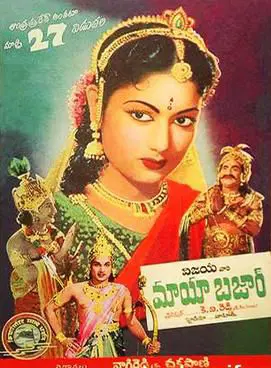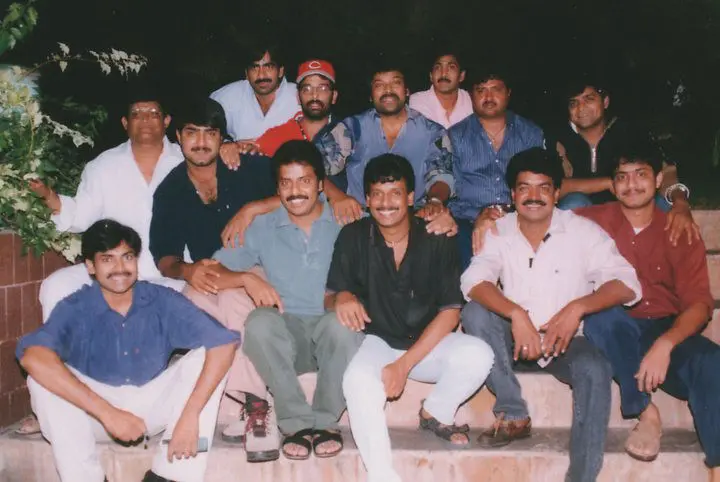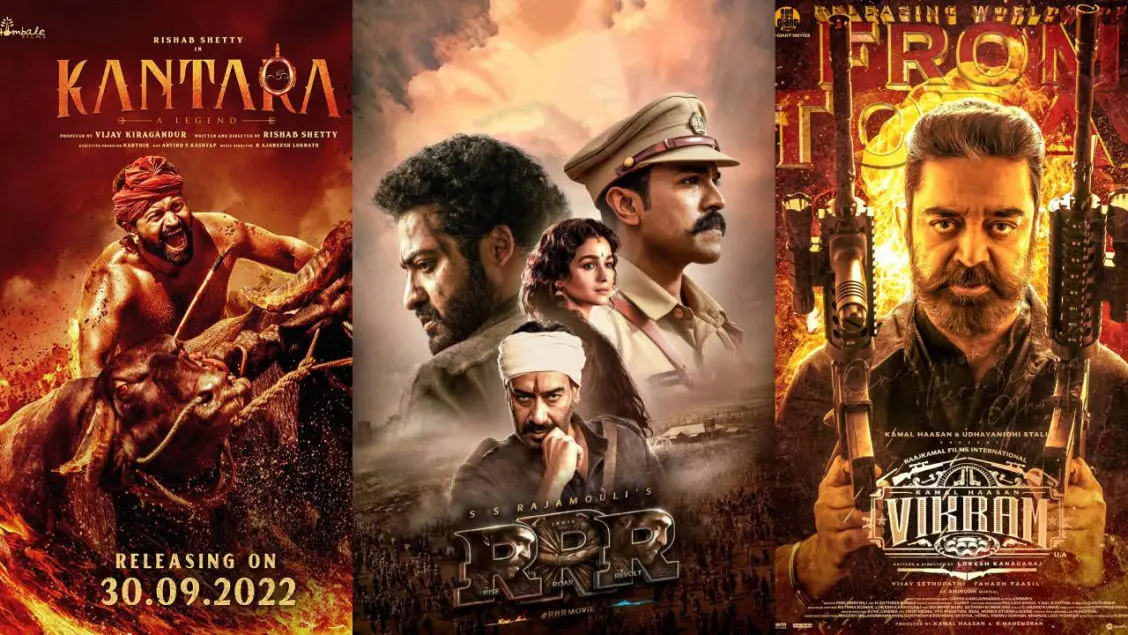Transition from Silent Frame to Colour Frames
Once upon a time, in the twilight of the 19th century, a magical invention called the cinematograph, crafted by the Lumiere Brothers, arrived on the global stage. Its enchanting ability to capture and project moving images heralded the birth of a new world.
1913 - 1930
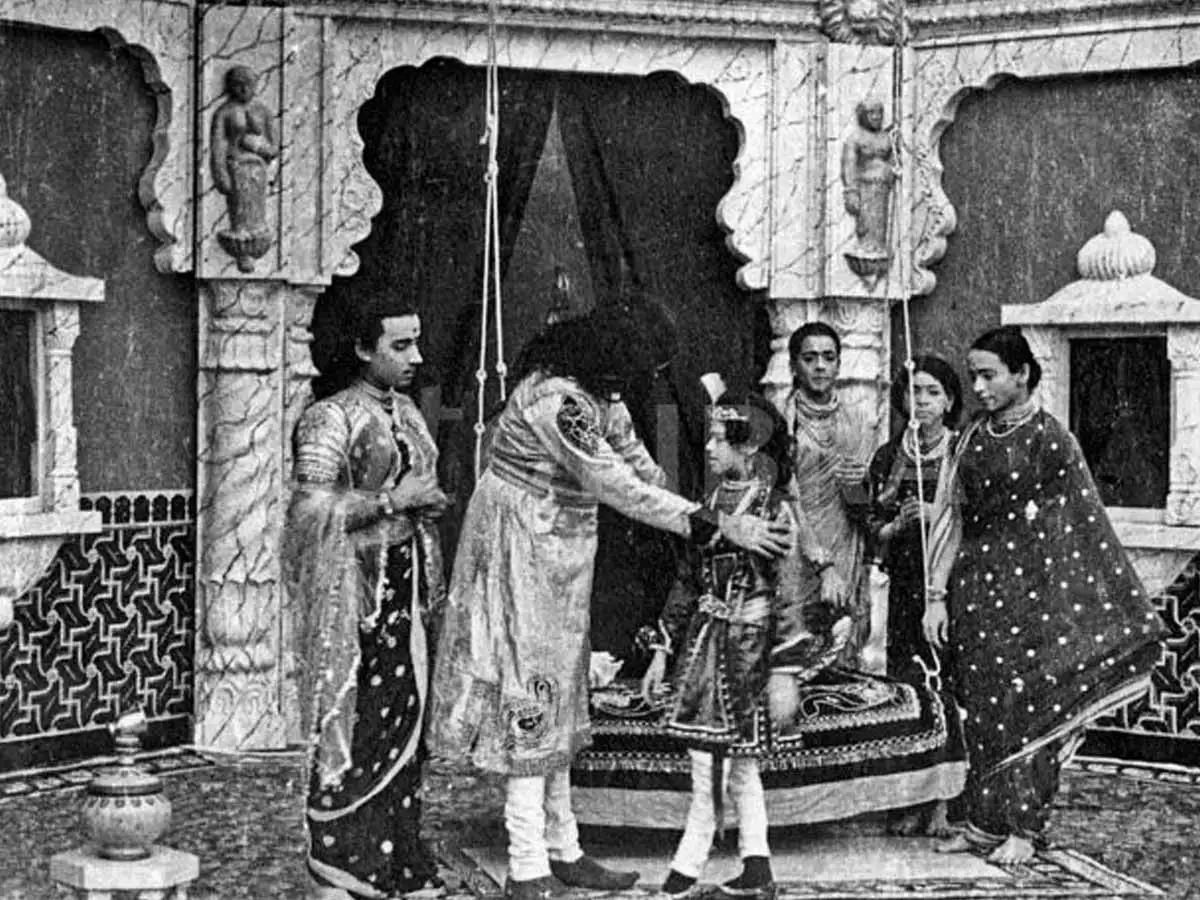
The Silent Symphony - Genesis of Movie Archive
In 1913, the visionary Dadasaheb Phalke directed and produced "Raja Harish Chandra," the first Indian silent feature film from movie archive. The film unfolded its narrative without the need for spoken words, relying solely on the visual language of cinema. As the flickering images unfolded on the silver screen, a new chapter in Indian storytelling began.
Filmmakers, armed with nothing but their creativity and the power of visuals, delved into historical epics, love stories, and tales of valor. Every frame was meticulously crafted to convey emotions, narratives, and cultural nuances without uttering a single word.
The Silent Era, though devoid of spoken dialogue, spoke volumes about the transformative power of storytelling. It laid the foundation for the cinematic language, experimenting with visuals, music, and innovative narrative techniques.
source: https://timesofindia.indiatimes.com/readersblog/old-indian-cinemas/the-influence-of-the-silent-films-era-in-indian-cinema-51890/
1930's
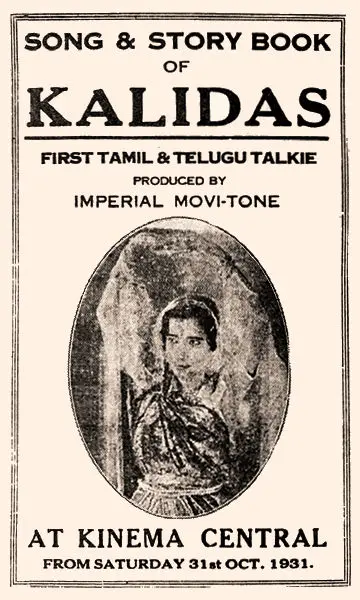
Film with Sound (1930s)
The first Indian film with synchronized sound, "Alam Ara," directed and produced by Ardeshir Irani, marked a groundbreaking moment in the history of Indian cinema in 1931. This Hindustani-language historical fantasy not only introduced sound to Indian audiences but also set the stage for a new era in filmmaking. The sound recording posed challenges, using the single-system recording technique after filming, adding complexity given the limited technology.
During this period, the burgeoning film industries in South Indian languages like Tamil, Telugu, Malayalam, and Kannada also flourished. The first sound film in South India, "Kalidas," released in 1931, opened doors for diverse storytelling. Studios like Gemini Pictures in Tamil and Vauhini Studios in Telugu became hubs for legendary actors like MGR, NTR, and B.S. Saroja Devi, where mythological and folk epics dominated, establishing a love for larger-than-life narratives.
source:
https://en.wikipedia.org/wiki/Alam_Ara
https://en.wikipedia.org/wiki/Kalidas_(film)
1940's - 1960's
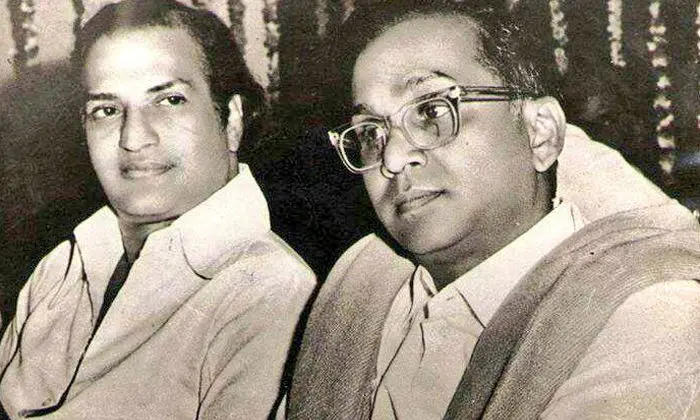
The Golden Era
With independence, regional identities came to the fore. Tamil cinema saw the rise of social commentators like K. Balachander and Bharathiraja, while Telugu film flourished with commercial giants like NTR and Krishna. Malayalam cinema found its voice with auteurs like Adoor Gopalakrishnan and P. Padmarajan, exploring social realities and human complexities. Kannada cinema witnessed the emergence of Rajkumar, who became a cultural icon with his charming screen presence.
